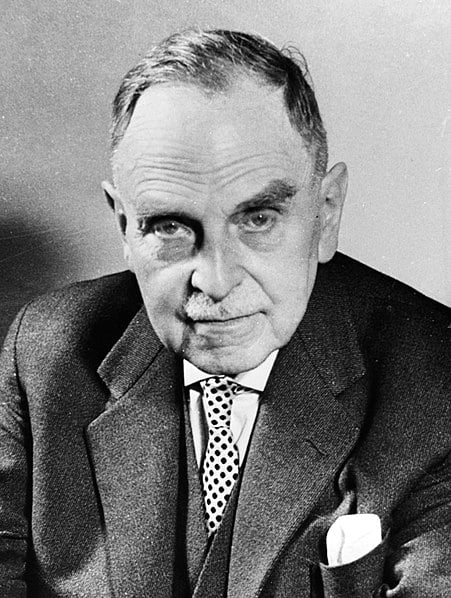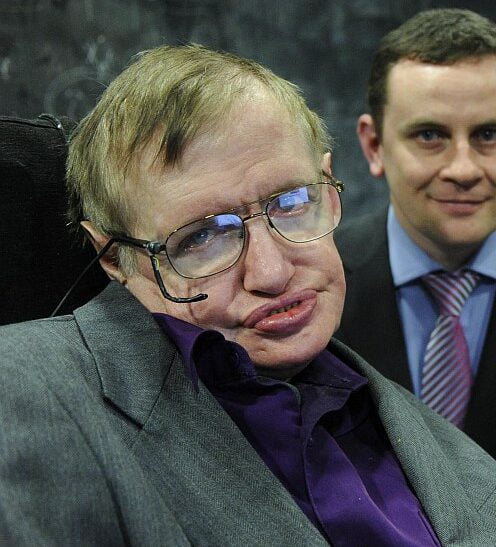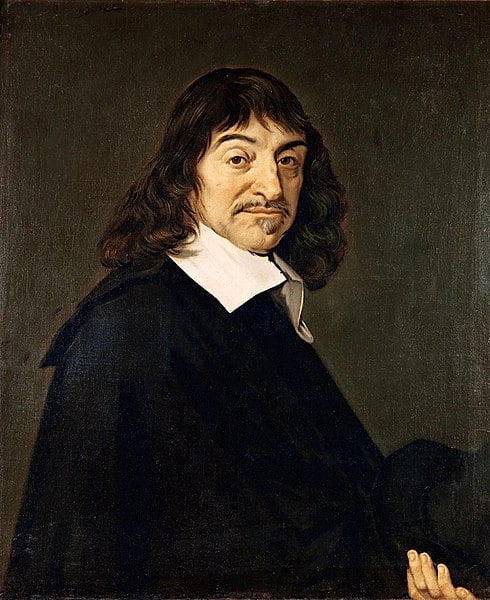| Born | March 8, 1879, Frankfurt am Main, Hesse-Nassau, Prussia, German Empire (now Germany) |
| Died | July 28, 1968 (aged 89), Göttingen, West Germany (now Germany) |
| Alma Mater | University of Marburg, University of Munich |
| Known for | – Discovery of radioactive elements (1905–1921) – Discovery of nuclear fission (with Lise Meitner and Fritz Strassmann) – Pioneer in radioactivity, radiochemistry, and nuclear chemistry – Rubidium–strontium dating |
| Spouse | Edith Junghans (m. 1913) |
| Children | Hanno |
| Awards | Nobel Prize in Chemistry (1944) |
| Scientific Career | – University College London – McGill University – University of Berlin – Kaiser Wilhelm Institute for Chemistry – Max Planck Society |
| Notable Contributions | – Discovery of atomic recoil and nuclear isomerism – Pioneered rubidium-strontium dating – Contribution to the discovery of nuclear fission |
| WWI Service | Served with a Landwehr regiment on the Western Front and with the chemical warfare unit headed by Fritz Haber, earning the Iron Cross (2nd Class) |
| Opponent of Nazism | Opposed national socialism and the persecution of Jews by the Nazi Party, leading to the removal of many of his colleagues, including Lise Meitner |
| WWII Contribution | Worked on the German nuclear weapons program, cataloging the fission products of uranium |






